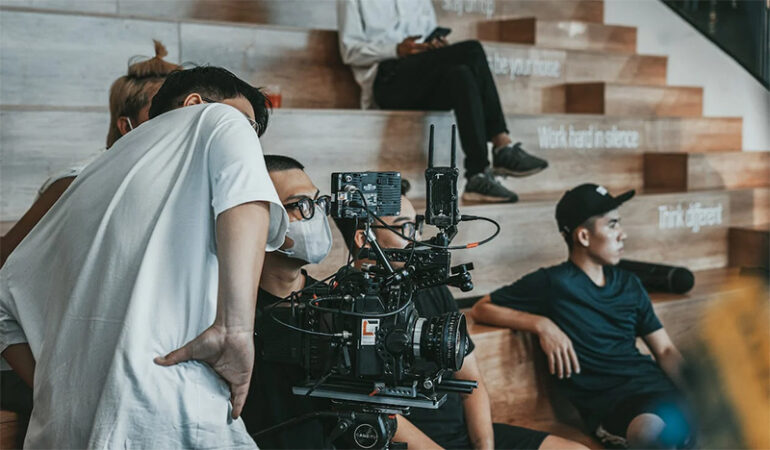Movies have become such a large part of pop culture that they have turned into a multi-million-dollar industry. One of the biggest contributors to the success of a movie is how it is perceived by the public. It goes without saying that most if not all the movies at the box office have beautiful and striking visuals. Production design is in charge of everything related to visuals, such as the tone, setting, and camera work. Good production design can be able to give the audience context or an idea of what might happen next in any given story, showing just how essential it is in storytelling.
Tone
If a movie does not have the proper tone, it can confuse the audience and lead to the eventual downfall of what might have been an amazing film. An indispensable aspect of taking charge of tone is the masterful control of the lighting in any given scene. Even the simplest scenes can be transformed by having interesting lighting that would at the same time contribute to the cohesion of a scene. Another important trait in tone is having a consistent color palette and color grading all throughout. Without these, audiences may not know what genre of the movie or show they’re watching.
Setting
A set is something that should be able to add to a scene and not take away from it. In set design, it is imperative that all the settings, props, or backdrops being used in a scene play a role in bringing a story to life. Another important note for set design is that sometimes less is more. If there is too much going on in a scene, then it may look too crowded and lead people to miss important details in the story. However, the opposite may also be true if the script calls for a scene that is meant to confuse viewers and is revisited later for a dramatic turn of events.
Camera Work
Perhaps the most noticeable aspect of production design is camera work can lead spectators to come up with their own ideas of what is going to happen next. The camera angles, lens, and movement can all add to the weight of a scene. In addition, camera work can shape a scene, for example, a scene where there are multiple fast-paced cuts may be seen as more of an action scene. Whereas slow camera movement can be seen as a set-up for a potential jump scare in a horror movie. These simple changes can all cause dramatic changes in how a scene feels, only further highlighting the importance of well-planned camera work.
Production design may just be another part of a movie, yet it is able to have such a massive effect while only making minimal changes. Without production design, movies or shows will not be as enjoyable as they are. If a movie does not establish its tone or setting well within the first few minutes, then it leaves much to be desired. Films should not only have interesting plotlines but also have stories to tell with just one simple frame.
Photo Attribution
1st and featured image by: https://www.pexels.com/photo/people-behind-camera-on-movie-set-8799980/
2nd image by: https://www.pexels.com/photo/cartoon-movie-showing-on-theater-screen-7991579/

